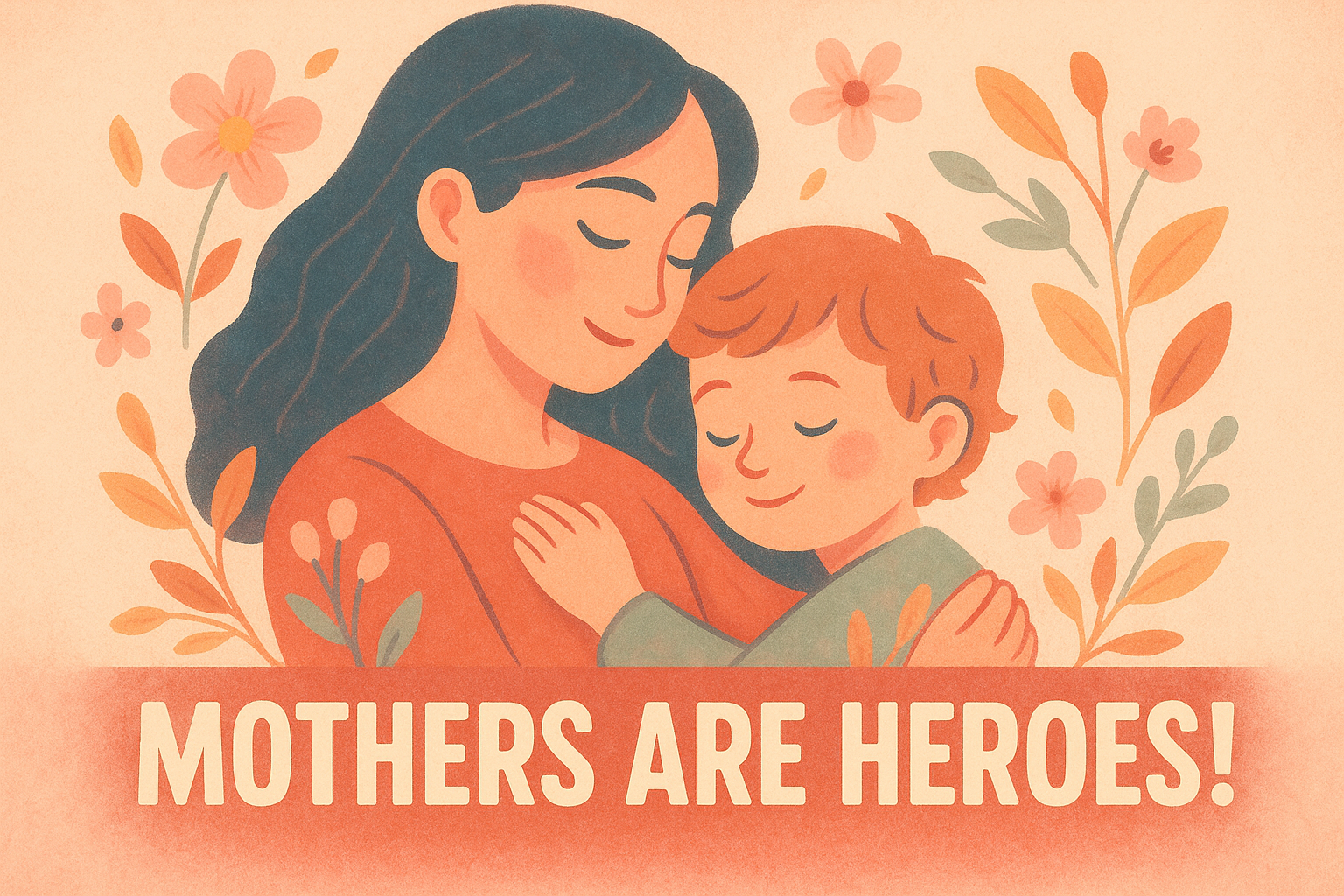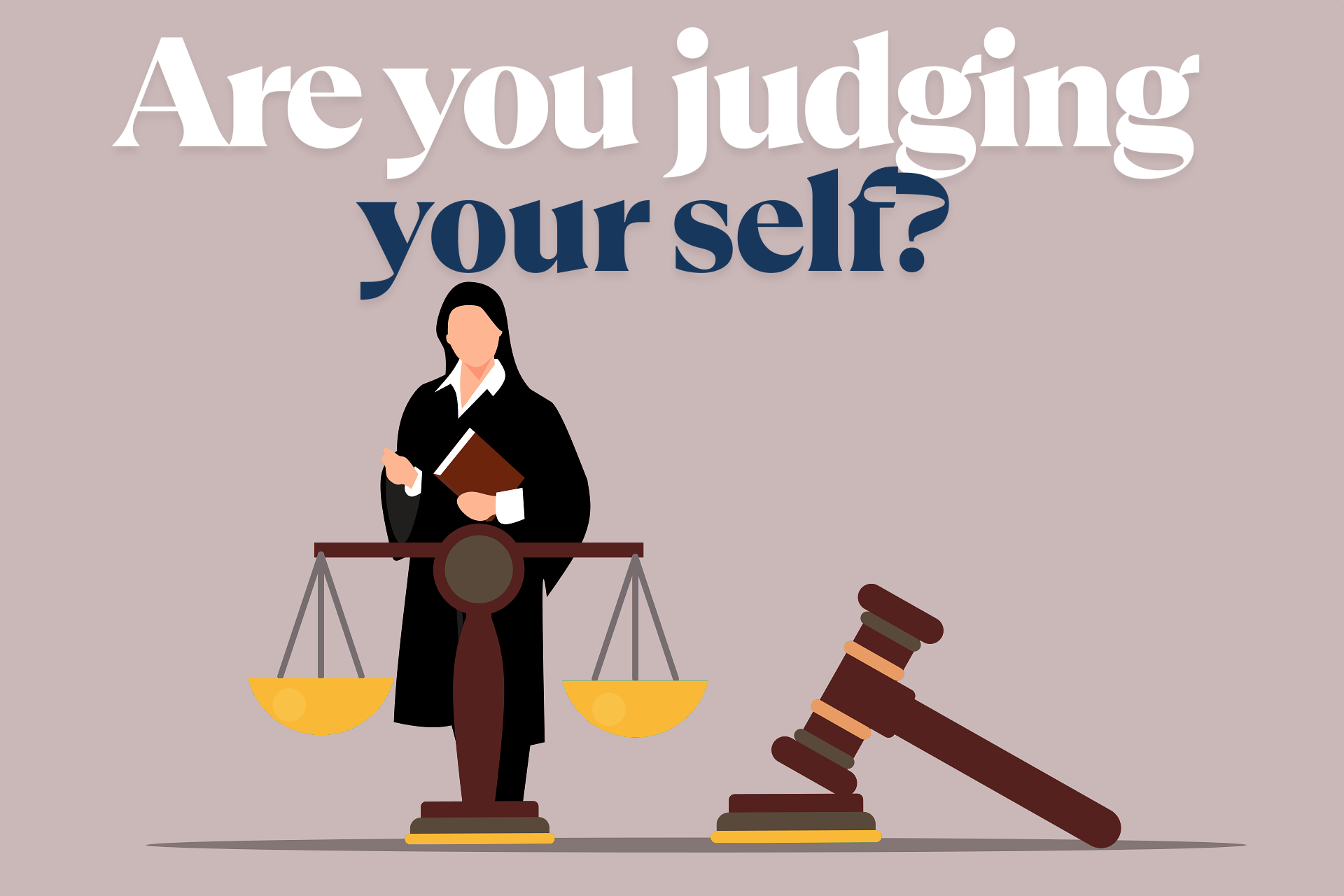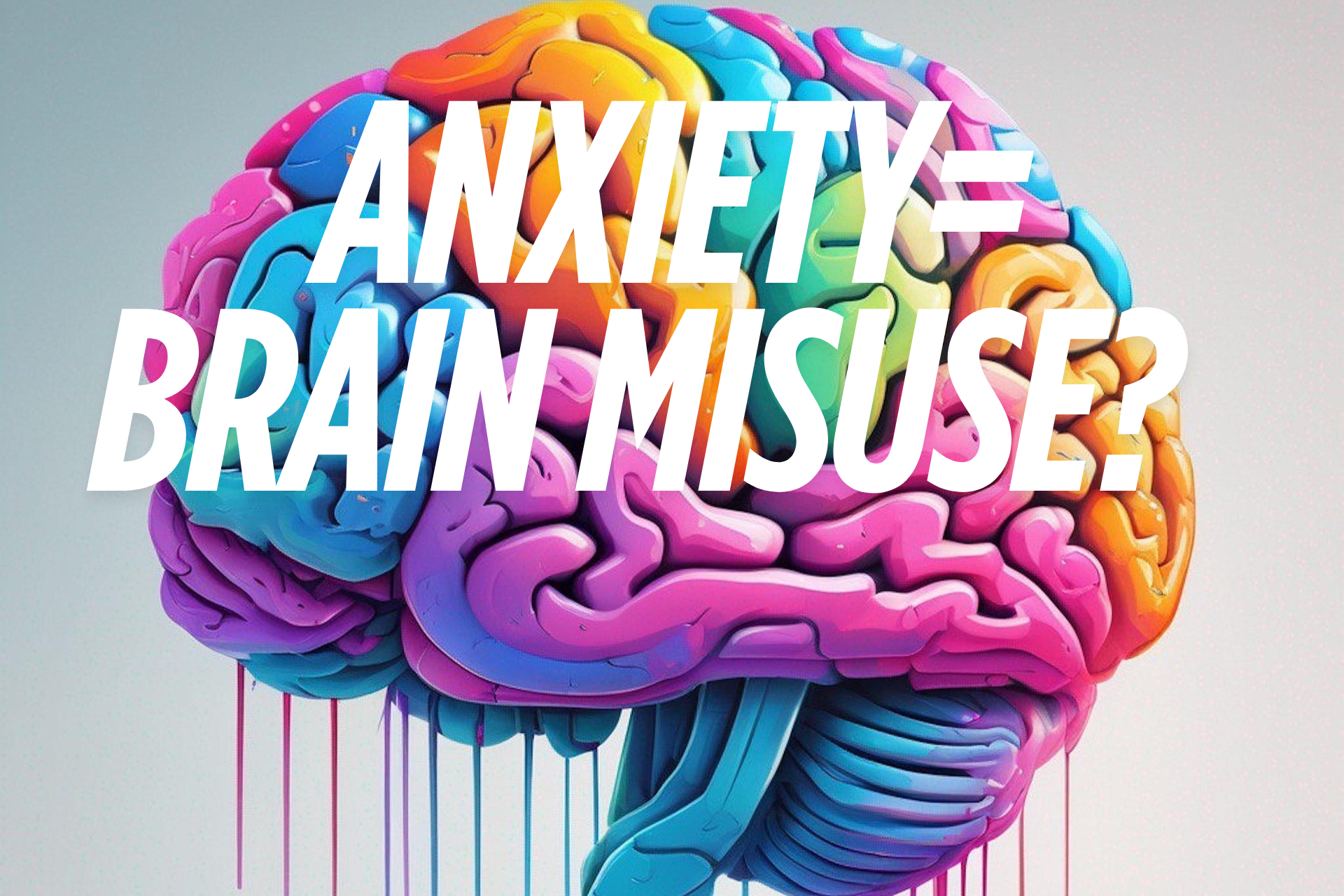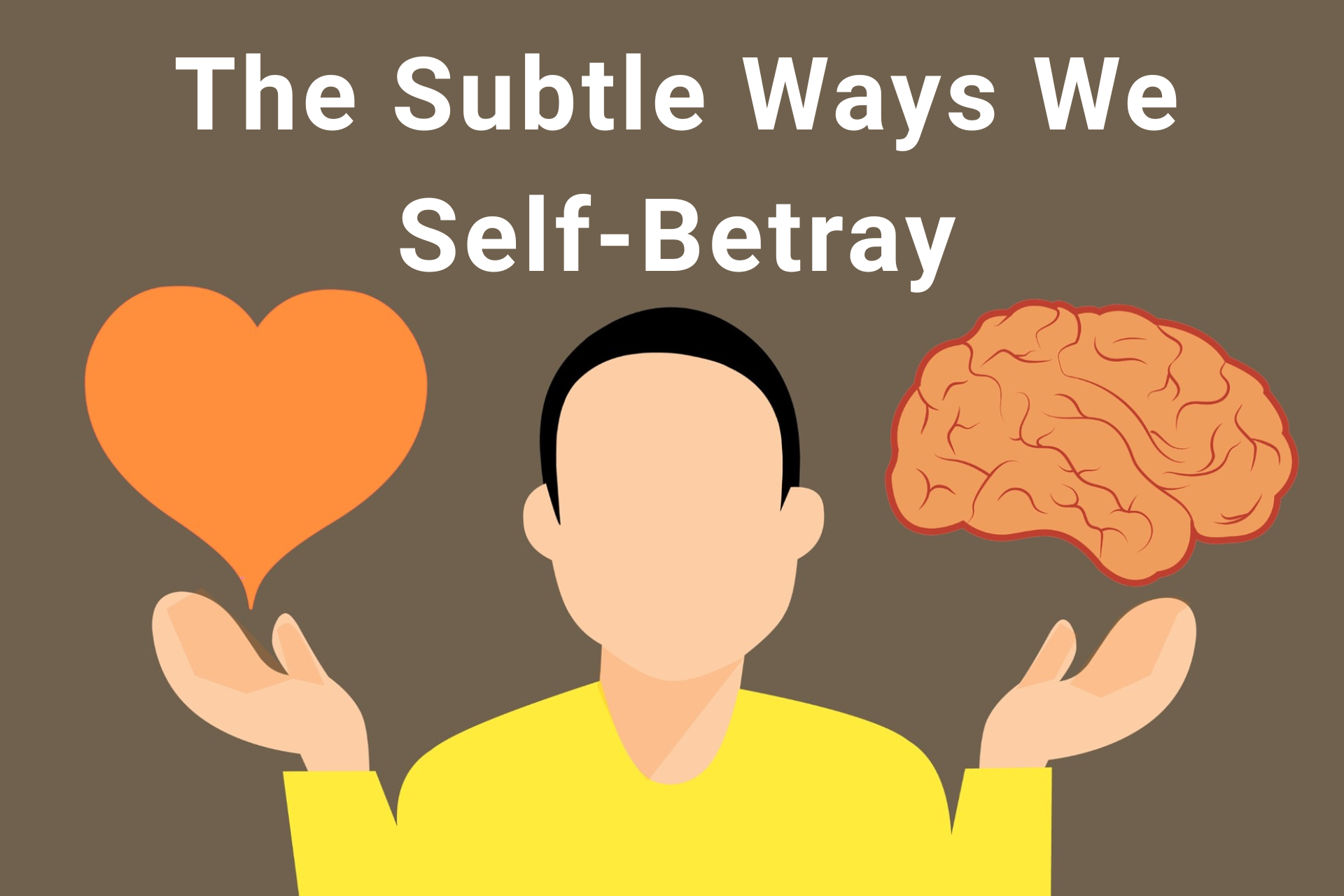
Some of you might think, “What do you mean heroes? Becoming and being a mother is just a normal, natural part of life.”
I disagree. It used to be—but it no longer is.
I want to invite you to travel with me through time and space to an era before agriculture, before large human settlements… back to when we lived in small groups, hunting and gathering whatever we could. That’s when mothering was truly “natural.” Our brains evolved in this environment—to nurture the next generation with the greatest chances for success and survival.¹ ²
And oh, how different those times were. Mothers then—though facing their own very real challenges—did not have to juggle the multitude of roles today’s mothers do. In our modern society, every mother takes on the jobs of logistics planner, driver, first aid responder, educator, cook, house cleaner, bodyguard, nurse, storyteller, mediator, playmate… the list goes on.³
It’s an incredibly complex job requiring a vast array of skills—and one with no scheduled breaks, no end-of-shift, and frequent nighttime calls for care. And for many women, this job is done in isolation, with minimal or no respite.⁴ ⁵ On top of this, many mothers also work full-time, part-time, or run a side hustle.
Wow—how times have changed. We’ve gone from living in tightly knit tribes where you knew everyone—literally everyone—to a world where you’re often alone behind closed doors. Back then, you didn’t worry about a “bad person” snatching your child. You were surrounded by others—especially women like aunties and grandmothers—who shared in nurturing and caregiving. It was never meant to be a one-woman job.¹
And I’m not minimizing the role of fathers here. What I mean is: it wasn’t meant to be a job done by a single woman, in emotional isolation. Women used to co-regulate with each other, and this collective emotional attunement allowed hormones like oxytocin—the bonding hormone—to help moderate the high anxiety levels that often follow childbirth.⁶ ⁷ Mothers didn’t live boxed away from each other and their extended families. They were part of a shared environment where no one had to think, “I’m on my own. Am I doing this right? What do I do if something goes wrong?”
Without that kind of support, our nervous systems no longer remember the deep sense of safety and ease that communal living once provided.⁷

So yes—for this reason—I believe modern mothers are heroes.
During the pandemic, we called doctors, nurses, and medical professionals “heroes” for doing their jobs under extraordinary hardship. But mothers today are raising children in an abnormal environment, juggling an extraordinary number of roles—that is hardship too.
Why am I saying all this? Because I often sit with mothers in my office who are overwhelmed with self-criticism:
“I’m not doing enough.”
“I’m a bad mom.”
“I should be more like others.”
The crushing pressure to perform all these roles is heartbreaking.³
I want this message to reach far and wide:
That voice in your head is not telling the truth.
We’ve simply forgotten what mothering was meant to look like.
You are a hero—every single day.
Every day, you show up despite the hardship. Despite the isolation. Despite the lack of support and respite. Despite the fifty different roles you’re expected to play.
You are a hero in our time. And heroes should be honoured and celebrated—every single day.
I’m sharing this so you can remember it—and remind yourself going forward why you are a hero. Let this become your new mantra to soften the impossible expectations society has placed on you.
I am here to help you thrive in every relationship – starting with yourself.
Viktoria

📚 Footnotes
- Hrdy, S. B. (2009). Mothers and Others: The Evolutionary Origins of Mutual Understanding. Belknap Press.
- Konner, M. (2010). The Evolution of Childhood: Relationships, Emotion, Mind. Harvard University Press.
- Daminger, A. (2019). The Cognitive Dimension of Household Labor. American Sociological Review, 84(4), 609–633.
- Nelson, A. M. (2003). Transition to motherhood. Journal of Obstetric, Gynecologic, & Neonatal Nursing, 32(4), 465–477.
- World Health Organization. (2023). Maternal mental health. Retrieved from https://www.who.int/news-room/fact-sheets/detail/maternal-mental-health
- Carter, C. S. (1998). Neuroendocrine perspectives on social attachment and love. Psychoneuroendocrinology, 23(8), 779–818.
- Feldman, R. (2012). Parent–infant synchrony: A biopsychosocial model of parental contributions to healthy development. Child Development, 83(1), 361–376.






